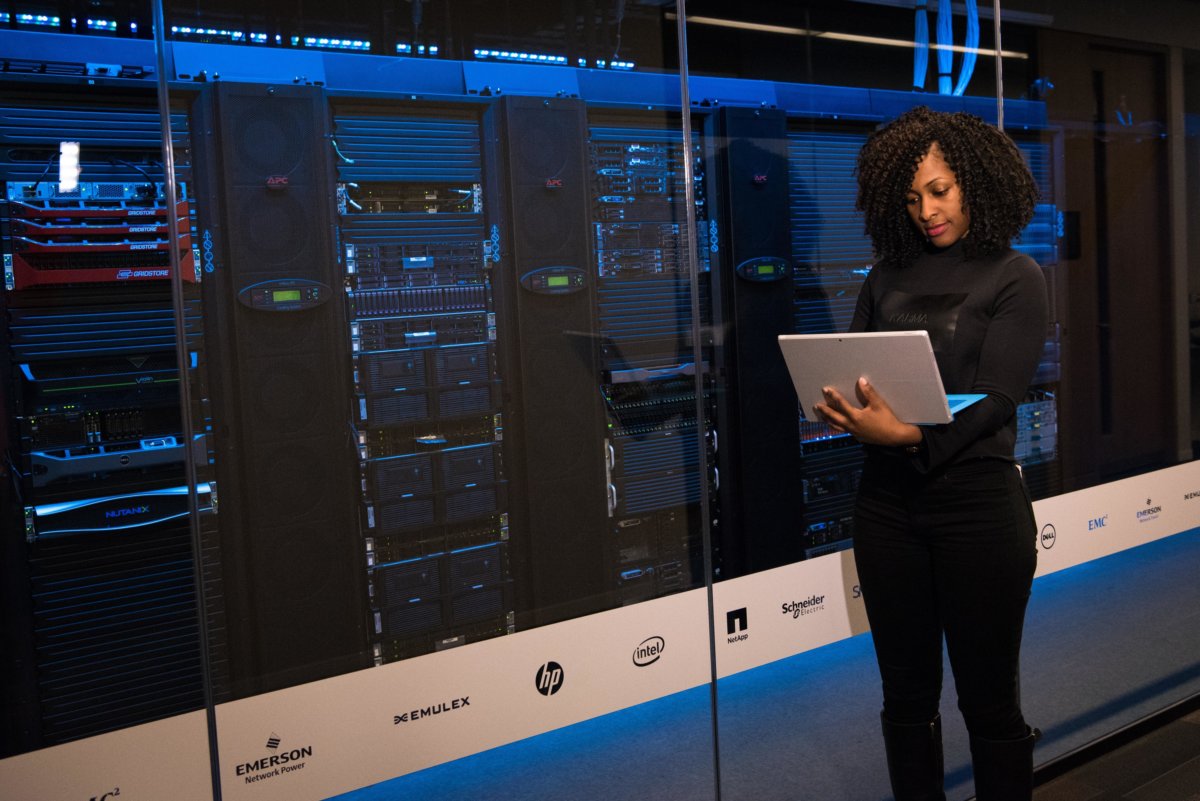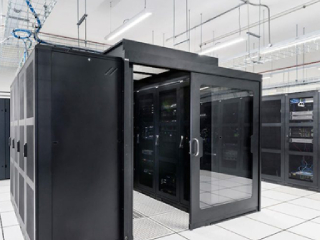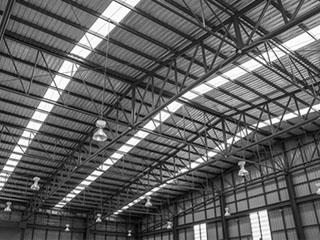
In recent years, The Internet of Things (IoT) has changed data centers through the increase in IoT devices such as lightbulbs, cell phones, and cameras. It was estimated that by the end of 2020, there were 31 billion IoT devices connected to the internet. By 2025, it is expected to increase in amount anywhere between 41.6 and 75.44 billion devices. The more devices connected to the IoT, the bigger the dependency on data centers to properly store, process, and analyze data. Due to this, they must be prepared to keep up with how IoT is changing the data center.
What is the IoT?
IoT pertains to the physical devices all around the globe that is connected to the internet. This allows them to collect and share data continuously. IoT enables the Internet of Everything (IoE) ecosystem. This ecosystem is composed of the networked connection of people, data, processes, and things. The ‘people’ component of IoE drives the collaboration-based solutions, which are the data, process, and things.
Due to low-cost computer chips and the pervasiveness of wireless networks, it is possible to transform anything from small pills to big airplanes as part of the IoT. The integration of IoT in various objects adds a level of digital intelligence to devices. This enables them to transmit real-time data without human interference. IoT is changing the data centers into a more intelligent and responsive environment. It intertwines the digital and physical universes. These sensors collect information about machines, facilities, equipment, vehicles, etc., automatically in order to track their behavior or condition. The collected information is then used to determine the current condition of the asset. This will enhance decision-making and optimize processes.
The IoT connects remote assets and enables a flow of data between the asset and the centralized management systems. These interlinked assets can be merged with new and existing processes in order to provide details on the location, condition, functionality, etc.
The term IoT often pertains to devices that are not commonly expected to have an internet connection. They can communicate with the network without any human action. Generally, PCs and smartphones are not considered an IoT device. Meanwhile, a lightbulb that can be turned on using a smartphone is classified as an IoT device as well as a smartwatch or a fitness band.
It is clear therefore that the advent of IoT is changing the data center industry, and the demands being placed on the infrastructure data centers provide.
Digital Transformation
The digital transformation and shift to IoT is changing the data center landscape. Processes and analytics are the major components in the digital transformation of companies. It provides an avenue for expansion in operations for data centers as far as their own operations are concerned. Their respective digitalization process will involve the deployment of IoT in their operations, capacity building, business development, infrastructure, and systems utilization.

Analytics
The way to maximize the use of IoT in data center is through the use of analytics. The use of statistical analysis and predictive modeling allows management to make more prudent decisions and actions. It is important to use analytics because IoT data on its own is just numerical data, and it needs to be interpreted in order for it to be useful. Analytics can aid human decision making, and at the same time, it can also be utilized for automated decisions. These decisions are based on data and evidence. This strategy paves the way for continuous improvements in the data center.
However, the use of analytics would require coordinated business analytics, business intelligence, and big data/IoT. Business analytics and business intelligence are more on traditional research techniques. Meanwhile, IoT and big data analytics involve large and complex data. Due to this, data centers would often require identifying what constitutes useful information based on the multiple sensors installed in the data center.
The data center operator or manager needs to determine the business goals that guide their data center management. Different companies have varying priorities that depend on their internal needs and processes.
Automated Data Center Management
IoT can automate data centers. Patching, monitoring, scheduling, updating, and configuration can be remotely managed through algorithmically-controlled IoT devices. This allows data centers to be more flexible.
Most data center customers prefer a hands-on approach in the management of their servers, but they often seek the help of a third-party vendor. Soon, IoT will enable customers to have more flexibility in handling their data centers. Customers would be able to personally monitor their servers, review maintenance prospects, among other things.
Environmental Friendly Data Centers
IoT changing the data centers into eco-friendly establishments by operating with less energy. Innovations in IoT help data centers reduce their carbon footprint and conserve energy. In effect, they become more environmentally friendly.
Data centers often use a huge amount of energy. The integration of IoT in data centers would make it more sustainable in the long run. The emergence of innovations like underwater data centers and IoT-managed data centers showcase the level of advancement that IoT brings as we move forward into the future.
Challenges
According to Gartner, it is projected that IoT will reach 26 billion units by 2020. It will grow to exceed 5.8 billion endpoints, garnering a 19% growth rate. Due to this, data centers must be prepared for IoT changing the data centers demand for expansion. As IoT devices transform the way data is flowed, stored, and processed, as well as exponentially increase the amount of generated information, there are several disruptive circumstances that can interfere with the data center industry operations.
Data storage
There is a multitude of devices that are able to store data, such as smartphones, social media, computers, and cloud and enterprise applications. Due to this, there has been a rise in the growth of data. Consequently, the data being transmitted to the networks is increasing as well.
The data generated by IoT enables organizations to collect information that can aid in their decision-making. Subsequently, it helps better manage their organization’s systems and processes.
Due to this, the amount of data that needs to be stored through a data center has rapidly gained as well. Scalability is often included during planning. But in order to accommodate the exponential growth in data, a data center must plan for eventual IoT integration.
Systems and Security
IoT integration will require data collection done through sensors with embedded systems technology in order to manage and direct them. It will also require RFID tags, IoT analytics as a means of analysis, and decision making through a human intervention based on results and AI machine learning.
Deploying IoT into data centers will create the need for more stringent security requirements. This is due to the increased cyber threat that targets IT landscapes. These threats might compromise the data center infrastructure because of the many networked IoT devices. The many devices used to access data makes data centers more susceptible to breach of privacy. Malicious actors may be able to gain access to networks through the vast availability of new smart devices. A foreign attacker may be able to shut down machines, configure them to overheat or overload, steal sensitive data, and many more. A hacker may also be able to extract data transmitted from the IoT sensors to look for sensitive details. This can be used for blackmail and extortion.
While cybersecurity cannot be completely solved, using the necessary and appropriate security measures can fend off attackers. It can be done through data encryption, access controls, strong authorization, and advanced AI tools to monitor and audit security.

Network requirements
Medium-level bandwidth requirements are often utilized for most data centers in order to access data. However, since the IoT will increase the number of connections, data centers need to undergo drastic enhancements in order to cater to the growing demand. This is another example of how IoT is changing the data center.
Data traditionally flows outward from a centralized data center to enterprises. It is now being reversed since IoT will bring about large quantities of data made up of smaller data packets due to individual devices connecting to data centers. This will then increase inbound data center bandwidth requirements in order to process and store massive amounts of small message sensor data.
Scaling of storage architecture
The configuration of storage and servers may be affected as a result of the increased storage requirement. A distributed structure should be adopted in order to increase efficiency in storage and access. The lifecycle of data centers often ranges from 10 to 15 years across the industry. During this period, the data center must be able to undergo scalable expansion. It must also be able to keep up with up to three new generations of IT infrastructure. In order to stay agile, it is important to understand the capabilities of these infrastructural components.

Multiple locations
IoT data coming from multiple locations could pose difficulties with regard to storage solutions of a single location data center. This might lead to an evolution towards a centralized location of a collection of connected data centers.
Cost-effectiveness:
The detailed backup data utilized in the current landscape may no longer be viable. This is because of the high amount of storage requirements and the needed network bandwidth. A selective backup should be done instead with a carefully and specifically planned frequency in conducting backup operation sessions.
Reference Links:
https://theiotmagazine.com/five-major-challenges-when-managing-iot-data-1bb97d890465
https://lifelinedatacenters.com/colocation/6-ways-the-iot-could-impact-data-centers/
https://irishadvantage.com/the-impact-of-iot-on-the-data-centre-sector/
https://blog.externetworks.com/data-center-optimization-to-be-iot-ready-data/
https://patchmanager.com/blog/the-rise-of-iot-the-impact-of-iot-on-data-centers/




